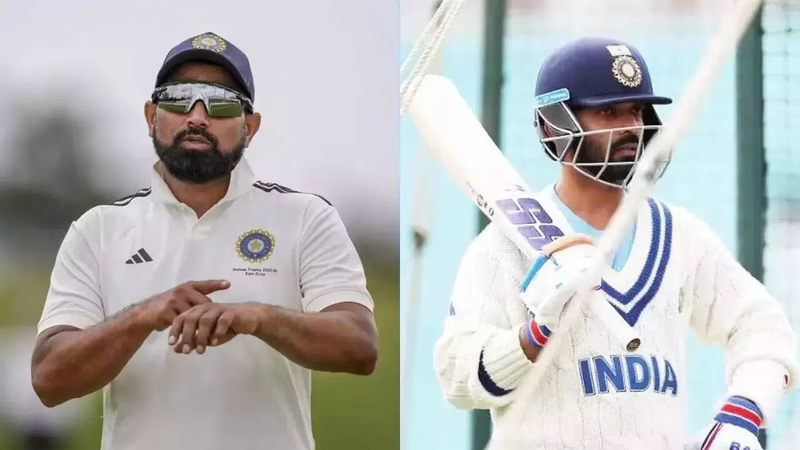The Indian cricket dressing room, once known for its stoic silence on internal matters, is witnessing an unprecedented wave of public dissent. Senior players like Mohammed Shami, Ajinkya Rahane, and Karun Nair are breaking ranks to openly question the selection policies of the Ajit Agarkar-led committee, sparking a crucial debate about transparency and respect for experience in Indian cricket.
Why Are India’s Senior Players Speaking Out?
The core issue revolves around a perceived lack of clear communication and what many see as an age bias. Players are being dropped from squads without detailed feedback, leaving them confused and frustrated despite strong performances in domestic cricket. This silence from the selection panel is being interpreted as a lack of respect for their contributions to the game.
Mohammed Shami’s Fitness Frustration
Star pacer Mohammed Shami has been notably vocal. He revealed that he was given no clear reason for his omission from key tours, with vague references to “fitness concerns” that were never properly communicated or explained to him . For a bowler of his caliber and recent track record, this lack of direct dialogue was a significant point of contention.
Karun Nair’s Candid Critique
Perhaps the most direct criticism has come from batter Karun Nair. After being recalled for a single series only to be dropped again, Nair didn’t mince his words. His simple yet powerful statement, “I deserved better,” resonated with many fans and experts alike . He later elaborated, saying, “I deserved more than one series,” highlighting his belief that his past achievements and current domestic form warranted a longer look-in from the selectors .
Ajinkya Rahane’s Silent Discontent
While less public, veteran Ajinkya Rahane’s frustration is palpable. Having been a mainstay in the Test side for years, his sudden and unexplained exclusion, despite consistent performances for Mumbai in the Ranji Trophy, has left a sour taste. His situation underscores the committee’s apparent shift towards a younger, more aggressive template, sometimes at the cost of proven experience .
The Agarkar Committee’s New Philosophy
Chief selector Ajit Agarkar, a former fast bowler himself, has ushered in a new era with a clear mandate: build a team for the future. This philosophy prioritizes youth, athleticism, and a specific brand of aggressive cricket. While this approach has its merits, the manner of its execution—particularly the communication gap with senior players—has become its biggest flaw.
Is There an Age Bias?
The data suggests a trend. The current squads for white-ball and even red-ball cricket feature a significantly younger average age. Players over 30, unless they are absolute superstars, are finding it increasingly difficult to get a second chance. This has led to accusations that the committee is discarding experienced heads too quickly, potentially sacrificing stability for a long-term vision that is yet to fully materialize.
What This Means for Indian Cricket
This public airing of grievances is a double-edged sword. On one hand, it shows that players are no longer willing to be passive participants in their careers. On the other, it reveals a dangerous disconnect between the national team’s management and its seasoned campaigners. For Indian cricket to thrive, the selection committee must find a balance between building for the future and honoring the past. Clear, honest communication is not a luxury; it’s a necessity to maintain trust and respect within the player pool.
